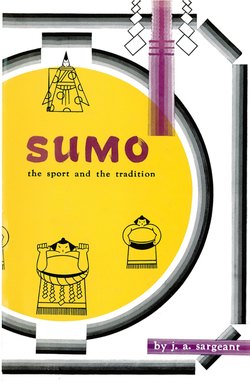Sumo Sport & Tradition

Реклама. ООО «ЛитРес», ИНН: 7719571260.
Оглавление
J. A. Sargeant. Sumo Sport & Tradition
Отрывок из книги
sport
and the
.....
Coming to comparatively modern times, the two great wrestlers of the Meiji era were without a doubt Totaro Ume-ga-tani II (1878-1927) and Hitachiyama Taniemon (1874-1922). Ume-ga-tani chalked up a wonderful winning average of .920, but in fifteen tilts with his arch-rival Hitachiyama, his amazing technique seemed to be of no avail, and he managed to come out on top but thrice. Hitachi-yama walked away with seven matches, and the rest were ties. Bouts between these two are said to have been really terrific, the greatest in modern Sumo. Ume-ga-tani, with his five feet six inches, tipped the scales at 335 pounds. Hitachiyama towered two inches above him, but was inferior in weight, being a measly 320 pounds.
Hitachiyama, the nineteenth yokozuna, was an all-time great. After attaining maku-uchi (inside-the-curtain) rank he lost only eight times in eighteen tournaments, spread over nine years. He was truly a stupendous personage of the period. He might indeed be called the prototype of the modern Sumo man, being the first Japanese wrestler ever to go abroad. In 1907 he visited the United States where he was presented to "Teddy" Roosevelt; he was accompanied by the present Dewa-no-umi, until recently head of the Japan Sumo Association. Visitors to the Sumo Museum at the Kuramae Kokugi Hall may see the top hat and walking stick that Hitachiyama sported when he went to the States. Naturally, he took with him an apron, such as all Sumo wrestlers wear at the dohyo-iri, their daily ceremonial entry into the arena. But none has ever been graced with one like Hitachiyama's. It was studded with diamonds and was worth millions.
.....